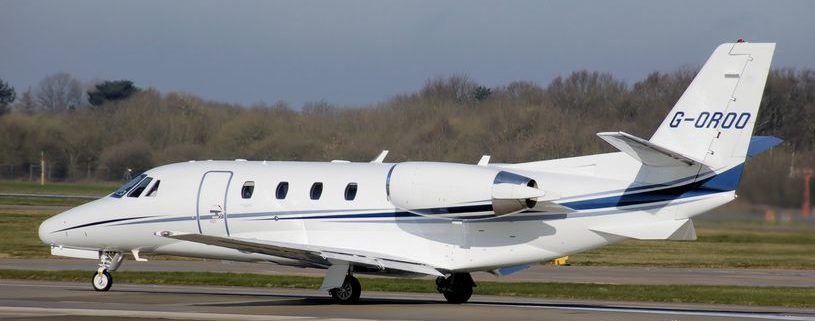The Dangers of a Rejected Takeoff
The pre-takeoff briefing in a transport category airplane always includes the flying pilot’s intentions should an emergency or anomaly occur during the takeoff roll. The reason to have all the duck’s in a row is that once the aircraft accelerates to decision speed, there are precious few seconds available for much thinking. Decision speed – V1 – is defined as the last chance to bring the airplane to a halt using reverse thrust and maximum braking and be certain it will remain on the hard surface.
Once acceleration continues beyond V1, short of extraordinary luck, the chances of halting the airplane on the runway are nil. The crew knows for certain they’re going off the end. The only unknown is how far because the aircraft manufacturer offers no stopping data based on higher speeds. The crew has essentially become test pilots. During initial and recurrent training, pilots do practice rejected takeoffs, of course, but usually under rather ideal conditions, with the instructor calling for the abort just prior to decision speed. Exercise complete.
In the real world, a rejected takeoff is not always so cut and dry, nor are crews always successful in handling this dangerous event. In the 2014 Gulfstream GIV accident in Bedford, Massachusetts, the crew’s complacency with the airplane made them feel comfortable skipping important items in the pre-takeoff checklist, in that case, a flight control check. Had they followed their company’s and Gulfstream’s standard operating procedure, one of the pilots would have moved the control wheel back and forth and left and right prior to taking the runway to ensure the flight controls were operating before they reached rotational speed. Had they followed SOPs, they’d also have realized the aircraft’s gust lock was still in place. But they didn’t.
When the 73,000-pound jet reached rotation speed, VR – about 100 knots that day – the flying pilot attempted to raise the nose of the Gulfstream, but the control wheel stubbornly refused to budge. The airplane continued accelerating for an additional 30 seconds and was estimated to be traveling at about 160 knots when it ran off the end of the runway and crashed with the crew unable to stop the airplane. All seven people aboard the Gulfstream died that day.
Sometimes, a little luck is available to a crew and passengers when things get ugly as they did during a real-world rejected takeoff last summer. The two ATP-rated pilots in the cockpit of a Cessna Citation 560 XL rejected their takeoff past VR on the 6020-foot long Runway 2 at the Oroville Municipal Airport (OVE), Oroville, California. The aircraft, destined for Portland, Oregon was operated as a Part 135 charter flight by Delta Private Jets about near midday in VFR weather conditions with two pilots and eight passengers in the cabin. What happened once the Citation took the runway is eerily similar to the experience of the Gulfstream crew at Bedford, except that the pilot flying called for the pre-takeoff checklist before launching.
The NTSB said, “Following the completion of the checklist, they initiated the takeoff and the non-flying pilot called ‘airspeed alive,’ V1, and VR. The pilot flying stated that ‘It was just a weird sensation,’ as he pulled the yoke back and the airplane didn’t lift off. The pilot flying further stated that he pulled the yoke back a second time and noticed no movement of the nose. Shortly after, the non-flying pilot called for an abort, and the pilot flying applied full thrust reversers and maximum braking.”
Prior to takeoff, the crew calculated their takeoff speeds and required runway distance should they begin the abort prior to V1. But the Citation was long past V1 when they tried to stop the airplane, so “the airplane exited the departure end of the runway, impacted a ditch, and skidded across a grass-covered area, where a post-impact fire ensued.” The aircraft came to rest nearly 2,000 feet beyond the departure end of the runway where the fire destroyed most of the airplane.
The good news about this rejected takeoff accident was that all 10 people on board escaped the burning airplane without a scratch. The cause behind the mechanical issues faced by the Citation pilot in California is still under investigation by the NTSB.
This story was updated at 8 pm EST on October 8, 2019.
By Rob Mark
October 8, 2019




